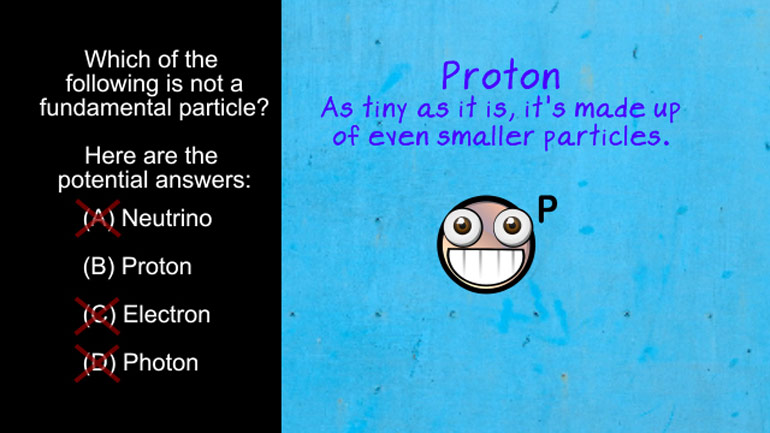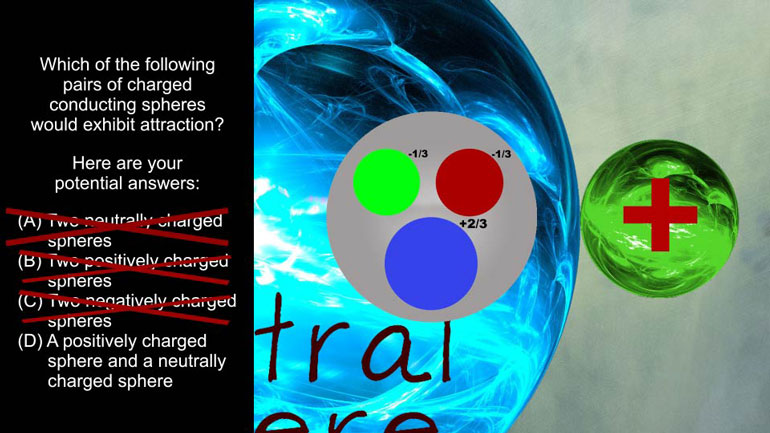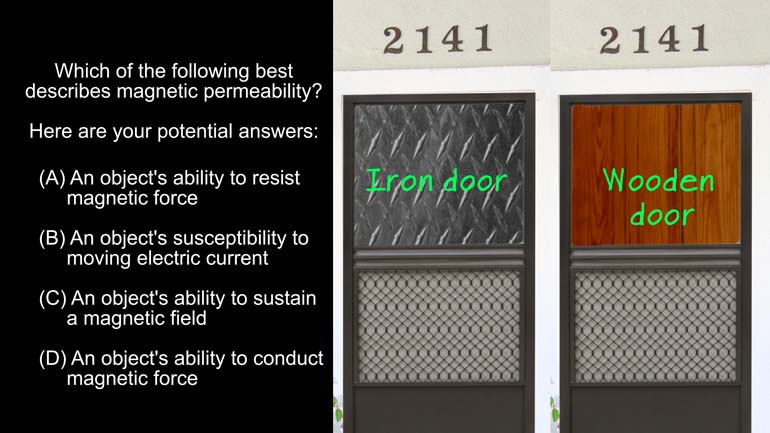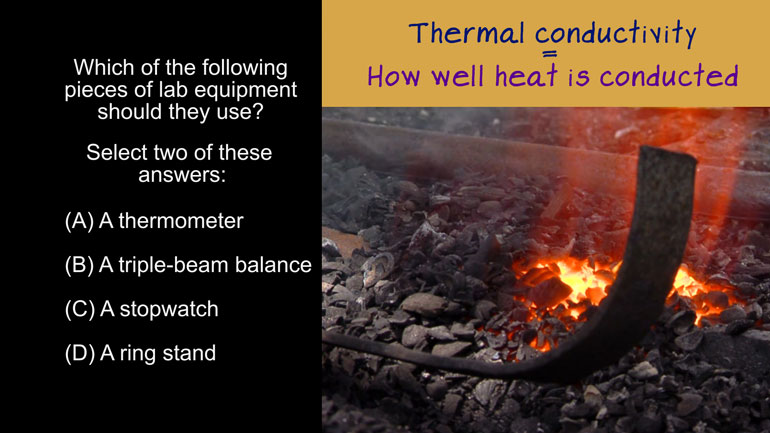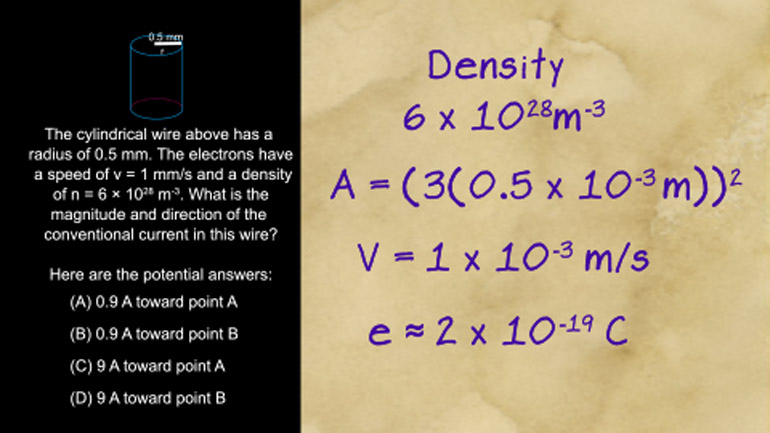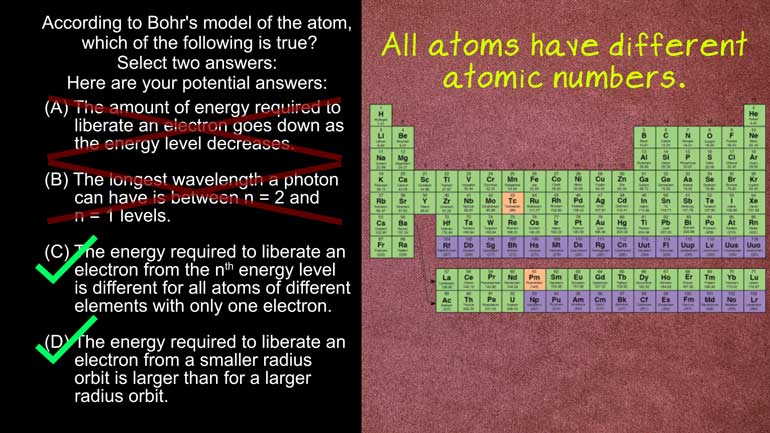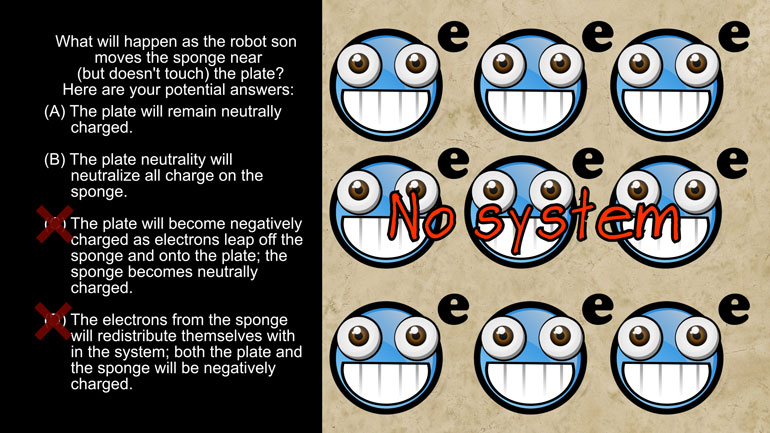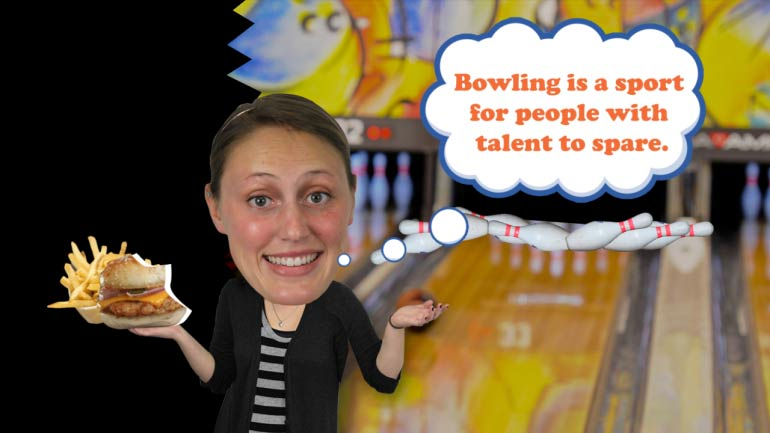ShmoopTube
Where Monty Python meets your 10th grade teacher.
Search Thousands of Shmoop Videos
Properties of Objects and Systems Videos 10 videos
AP Physics 2: 1.2 Properties of Objects and Systems. If the amount of mass lost during a nuclear reaction doubles, what happens to the energy relea...
AP Physics 2: 2.1 Properties of Objects and Systems. Which of the following pairs of charged conducting spheres would exhibit attraction?
AP Physics 2: 1.3 Properties of Objects and Systems 169 Views
Share It!
Description:
AP Physics 2: 1.3 Properties of Objects and Systems. Which of the following is not a fundamental particle?
Transcript
- 00:00
Thank you We sneak and here's your shmoop du jour
- 00:05
brought to you by fun dementia Lt's Yeah when we
- 00:08
think of our own personal fundamentals were forced to admit
- 00:11
that deep down in our very core we're just super
- 00:14
awesome and humble too at which of the following is
Full Transcript
- 00:18
not the fundamental particle and hear the potential answers All
- 00:24
right well the fundamental particle is something that doesn't have
- 00:27
component parts It can't be broken down any further like
- 00:32
an electron way can't cut an electron in half even
- 00:35
with a quantum chains off By the way quantum chainsaws
- 00:39
don't exist But if they did well they'd be really
- 00:41
awesome all right and we can't build a photonic out
- 00:44
of spare parts from the subatomic junk yard same with
- 00:47
a neutrino We can't smooshed together any other particles and
- 00:50
come up with a neutrino but a proton Yeah well
- 00:54
as tiny as it is it's made up of even
- 00:57
smaller particles three corks to be precise the correct answer
- 01:01
is b a proton it's not a fundamental particle so
- 01:04
remember if it can be broken down into component parts
- 01:07
It's not fundamental although some scientists have a theory that
- 01:10
fundamental particles are actually one dimensional strings But we're not
- 01:15
going to get into that right now because fundamentally speaking 00:01:17.741 --> [endTime] our brains are about to explode
Related Videos
AP Physics 2: 1.1 Properties of Objects and Systems. What is the magnitude and direction of the conventional current in this wire?
AP Physics 2: 1.5 Properties of Objects and Systems. According to the Bohr's model of the atom, which of the following are true?
AP Physics 2: 2.2 Properties of Objects and Systems. What will happen as the robot son moves the sponge near (but doesn't touch) the plate?
AP Physics 2: 2.4 Properties of Objects and Systems. How could you show the carnival barker an emission spectrum?

